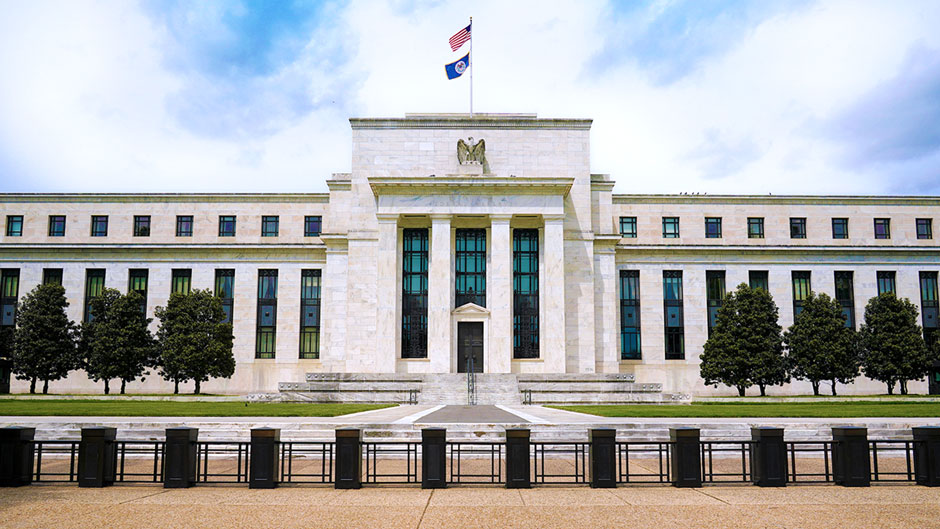Alex Horenstein and Miguel Angel Iraola Guzman, both economists at the University of Miami Patti and Allan Herbert Business School, noted the current price hikes of certain commodities and that the 5 percent inflation index for May registered a 13-year high, yet both tied the inflated prices to the rebounding economy and downplayed any alarm.
“The economic situation is delicate, but not dangerous,” said Horenstein, an assistant professor of economics. “More than any other country, the U.S. government is advantaged in terms of dealing with inflation—because the dollar is still the main currency around the world—and has a wide range of tools at its disposal.”

Horenstein explained that, generally speaking, inflation stems from two factors— quantity of money in circulation relative to the quantity of available goods in the economy and the public’s expectations about future inflation.
Yet, he emphasized that the current scenario is uniquely created by the pandemic. The economy suddenly stopped, then the government printed lots of money to avoid a larger economic crisis. People were saving originally because of the uncertainty. Large quantities of excess money were all going into financial assets. And when the economy started to open, people who had made a lot of money in stocks or simply saved more than usual decided they were going to consume.
“The demand caught up very fast, but supply is lagging—it takes time to build new houses and buildings,” Horenstein said. “The world is opening, though not evenly, and we still have a lot of scarcity in commodities—beef, lumber, meat—that were disrupted.
“Eventually supply will catch up, but expectations about inflation are starting to accumulate. The question is: Are those expectations going to be controlled?” Horenstein asked.
Originally from Argentina, Horenstein has lived through inflationary periods of 1,000 percent or more and is not troubled by the current scenario or the Federal Reserve Board’s recently projected 2.4 percent inflation for the year. On June 16, the Fed modified its expectations, increasing its projected inflation rate to 3.4 percent.
He recognized, though, that people who have not experienced high inflation might be concerned and suggested they might need to make a few adjustments—such as not keeping all their savings in cash, since cash is an asset that fully pays the inflationary tax.
For those who are able, they might invest in commodities such as gold and copper and exchange traded funds related to commodities that have historically sustained their value during inflationary periods. Businesses may want to store up their inventory knowing that prices will rise.

Iraola Guzman, an assistant professor of professional practice at the Miami Herbert Business School, emphasized that it was critical to take into account that a fraction (roughly one third) of the current high level of inflation is explained by the low levels of inflation a year ago—when the pandemic was spreading, the economy was free falling, and inflation was at near zero.
He noted, too, the exceptional scenario that is responsible for the current inflation blips. He specifically pointed to supply chain bottlenecks, the strong economic recovery associated with the success of the vaccines, and the fiscal and monetary expansion policies.
Regarding the pivotal question of whether the spikes are transitory or will persist, Iraola Guzman referenced three elements: supply shocks, whether the economy is operating above or below its capacity, and people’s expectations.
The supply shocks for certain commodities are associated with bottlenecks in the production chains, he said. The level of employment—nearly 8 million workers short of pre-pandemic numbers—indicates that the economy is operating below capacity and that millions of workers could potentially return.
“People’s expectations about future inflation—the last and most important element in my opinion—are associated with the reputation of the central bank [the Federal Reserve Board or the Fed in the U.S.],” he said. He indicated that as inflation in the past 10 years has been below the Fed’s 2 percent average inflation target, it may be willing to accept some deviations above 2 percent in the coming future.
“Taking these three elements into account, we may have spikes this year and maybe next. But the indications are that these spikes are transitory,” he said. “Still, it is crucial to check the evolution of inflationary expectations in the economy.”
“The Fed is emphasizing a narrative that says that we are having a spike, and this is going to be temporary. But the truth is we are in an unprecedented situation and there is a lot of uncertainty,” Iraola Guzman noted. “They have been creating a lot of money and liquidity has been growing at an extraordinary rate. The magnitude of this experiment is extraordinary, and it is difficult to predict the consequences.”
Horenstein said the situation becomes problematic when the public perceives that the government is spending a lot, increasing its debt, but has no plan to pay for the mounting debt.
“If the public thinks that all the government can do is to print more money, then everyone starts to anticipate inflation. And it becomes ingrained in people’s minds and prices do go up and it becomes a self-fulfilling prophecy,” he said.
Horenstein has some concern that the U.S. debt is overly high and, although the current administration has communicated its strategy for increased corporate taxation to offset the debt, that outcome is still pending.
“Still the U.S. government has so many more tools than any other government in the world to control this situation, particularly because the dollar is undoubtedly the most important currency and still demanded in every country for international transactions,” Horenstein stated.
“So, the U.S. has more degrees of freedom to act in this situation, which is why we were able to shift so quickly from the economic downturn that COVID caused,” he explained. “In fact, we moved so fast that projections for Gross Domestic Product for 2024 are higher than what they were pre-COVID—that’s the power of the dollar. Obviously, the dollar can do magic.”

